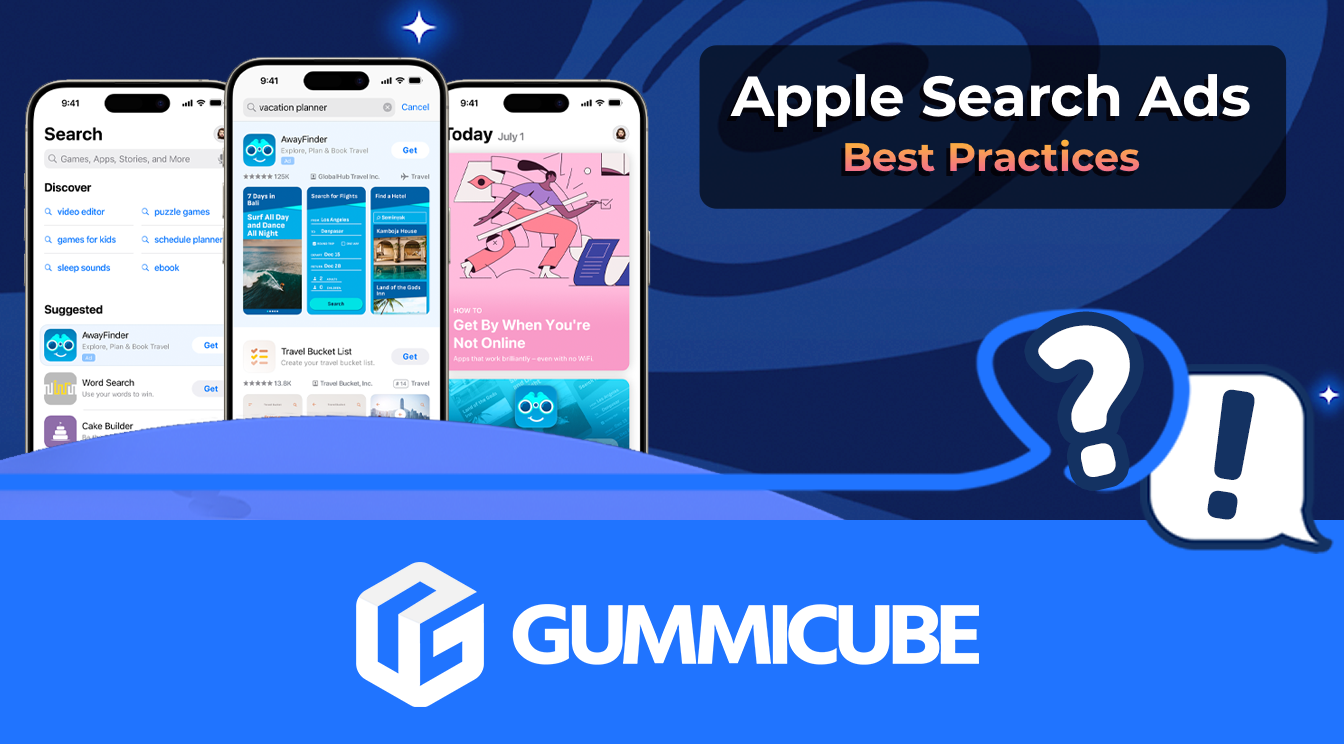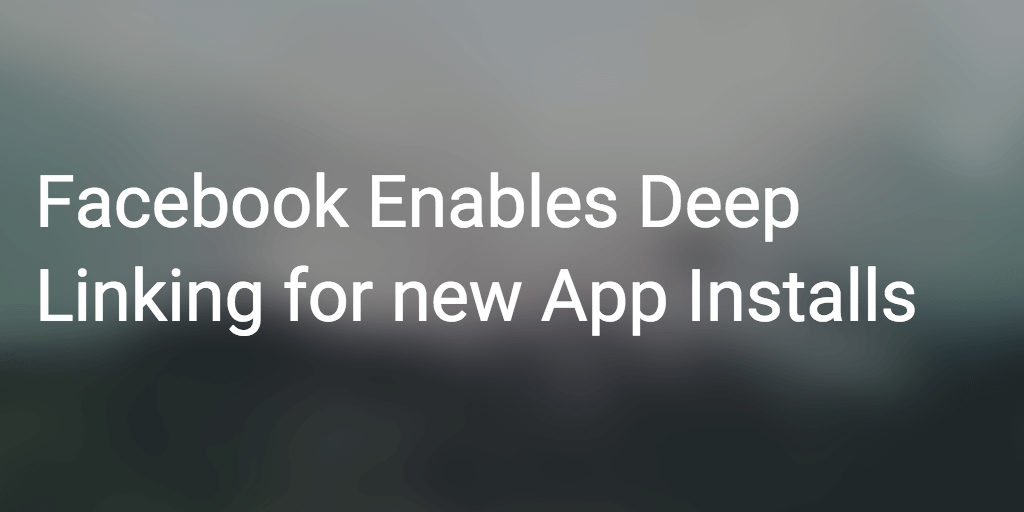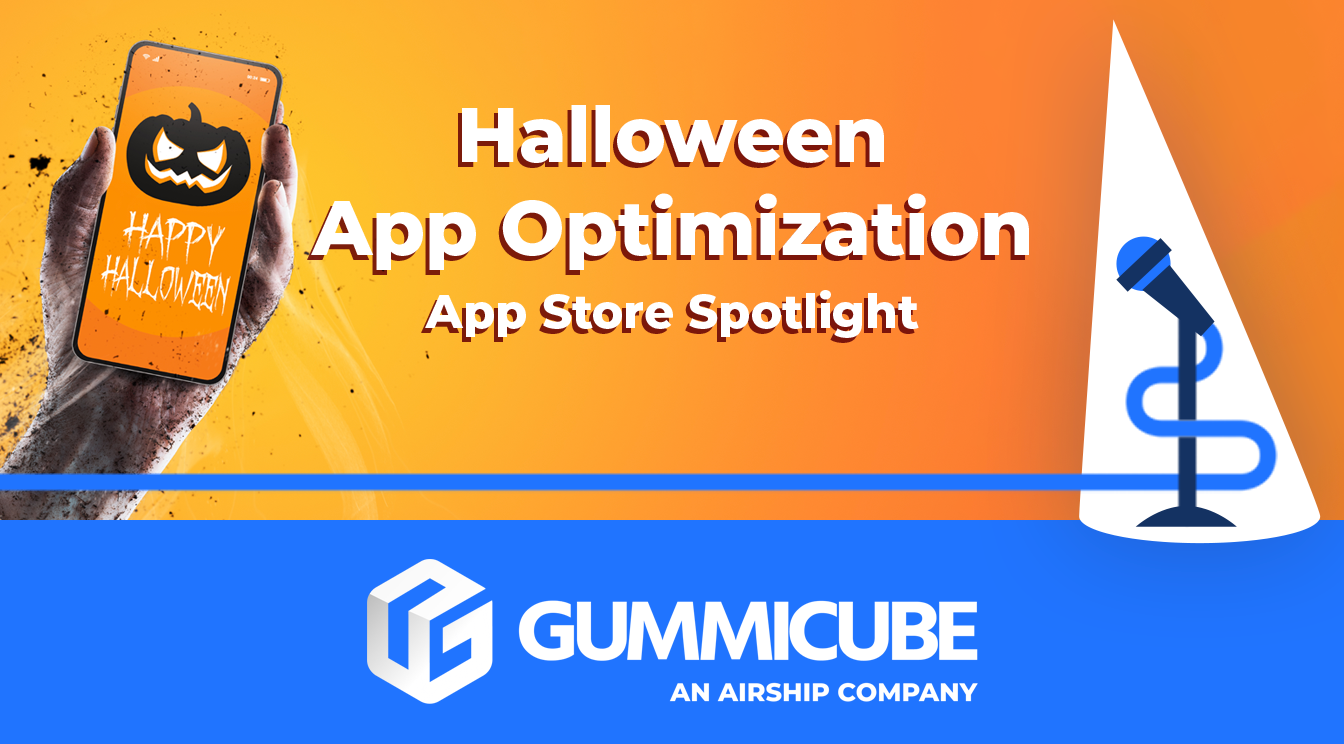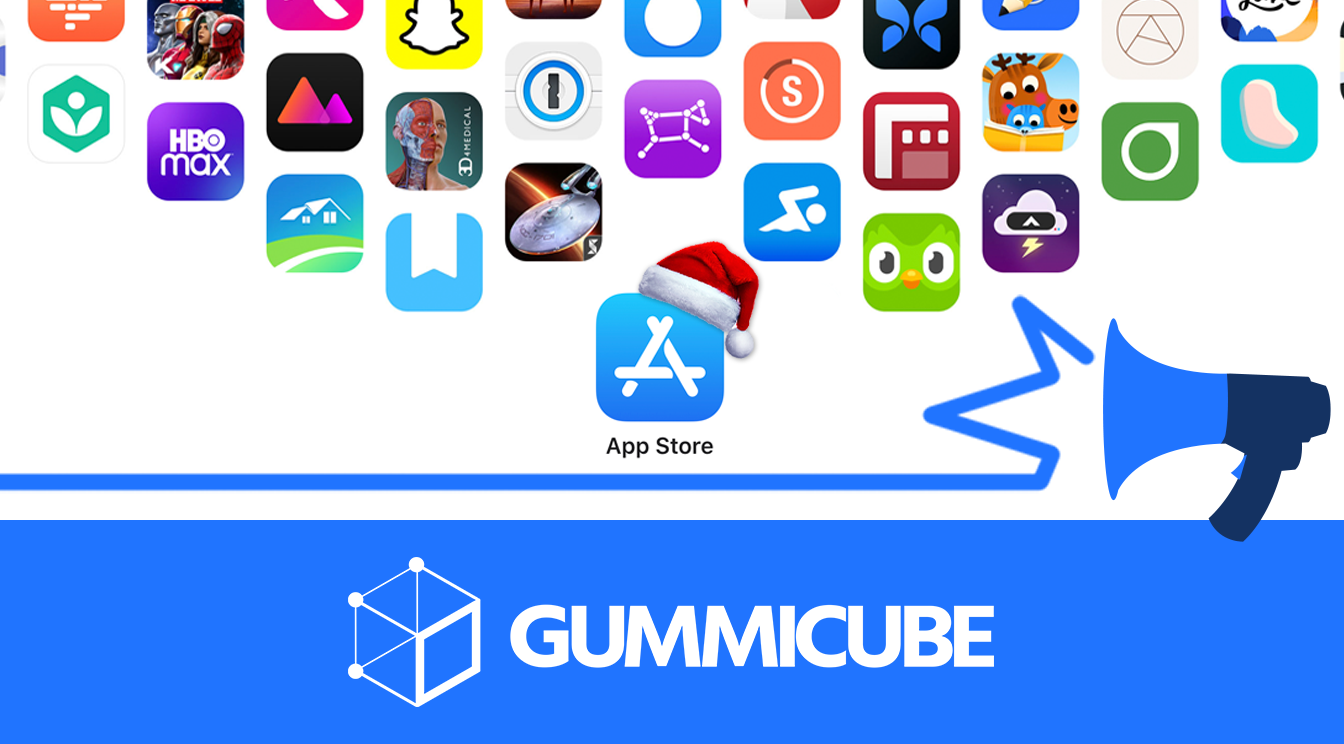
5 Best Practices for Apple Search Ads
Posted on July 3rd, 2024
Are you leveraging Apple Search Ads the right way? Take a look at these recommendations to optimize your paid campaigns and target the right users.

From marketing your mobile app to reaching your target audience on their smartphones in any app, taking advantage of the breadth of opportunities in mobile requires the right software tools. Finding the best mobile marketing software tools begins with an understanding of where the mobile opportunities are - which could mean in-app SDKs or software used externally like app store intelligence data.
No matter the type of mobile app or what the KPIs are, all mobile apps should have services for push notifications, analytics, deep linking and user intelligence.
Notifications are one of the best tools for increased engagement and retention in part because users prefer them over emails or SMS/text messaging. Done correctly, notifications are short messages for immediate action or awareness - there is no saving for later like email. Users can quickly decide if a notification is relevant and take action or ignore. With the shuttering of Parse as a service, many apps who used Parse for push notifications must look elsewhere. Urban Airship, LeanPlum and One Signal are among several push notification services worth a look.
As time spent in mobile apps continues to grow at the expense of print, TV and the web, the value of a mobile app user increases. Acquiring users in the increasingly competitive app stores requires a well-built app even in very niche subjects. Downloads have been considered a vanity metric for some time, and to get the metrics that matter - your app needs a comprehensive analytics service and setup. Free tools from Google, Apple, Facebook and Flurry/Yahoo are fine for many app publishers. These tools support creating events, segments and funnels - but lack more valuable information like attribution. If attribution is not critical (you are not running paid install campaigns), free services implemented correctly can provide insights into how users are interacting with your app. App optimization for retention, engagement, social sharing, email signups, purchases or any other KPI is impossible without setting up analytics in your app and using the data to drive feature development or other improvements.
Deep linking and app links create the opportunity to add metadata to in-app content that can be indexed by Apple and Google, tag content that is available both on the web and in an app, and route users to specific locations in your app. While the ability to route users has been adopted by many app publishers for new user onboarding and for ad-specific landing screens, the indexation of in-app content is brand new. Apple, Google, Facebook and Twitter all have their protocols, which makes working with a mediary like Branch.io and DeepLink.me helpful.
Google and Facebook both have tools to help app publishers and advertisers explore demographic and interest details about their users, or a segment of their users. Audience Insights enables a publisher to target an audience similar to the highest LTV segment in their app (for example). Being able to track ad spend through to app monetization helps marketers identify which acquisition channels have the best ROI. Audience Insights helps marketers identify which audiences regardless of channel are the most valuable. Combining attribution with Audience Insights can be an extremely powerful tool.
This is called different things by different services, the key being that app store publishing decisions require actual app store data. The main solution an app store intelligence partner should provide is the acquisition of high-LTV users organically by developing and executing an ASO strategy based on app store data. App store intelligence can also provide insights to underserved feature requests, app competitors, behavioral trends and which countries to localize for and support.

Are you leveraging Apple Search Ads the right way? Take a look at these recommendations to optimize your paid campaigns and target the right users.

Ghostly happenings are among us... and in your app listing too? If you aren't leveraging the power of app seasonality to make relevant tweaks to your store listing you're leaving precious engagement and conversions on the table.

Developers on the iOS App Store should plan in advance of the upcoming Holiday Schedule to allow enough time for apps to get approved during the busy holidays.